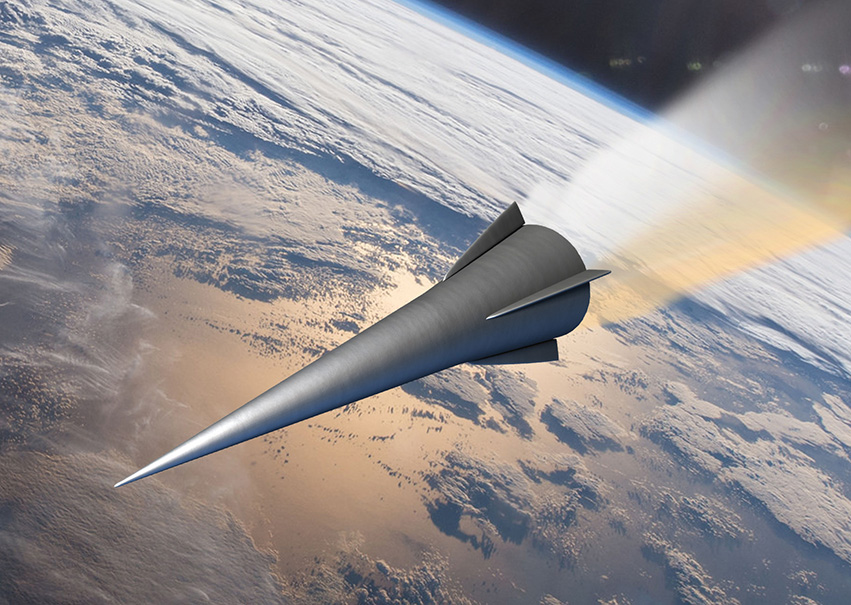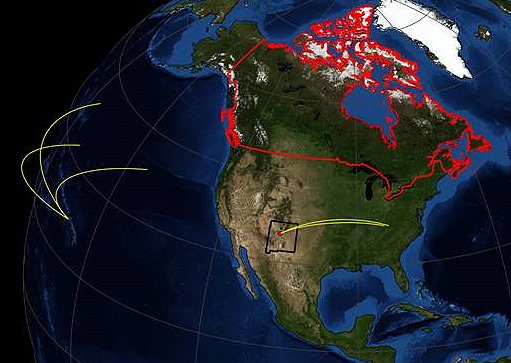TAOS is designed to be a comprehensive analysis tool capable of computing nearly any type of three degree−of−freedom or six degree−of−freedom trajectory.
The Trajectory Analysis and Optimization Software (TAOS) simulates point−mass and rigid−body trajectories for multiple vehicles. Trajectories are broken into segments, and within each segment a set of guidance rules or a guidance module provided by the user controls how the trajectory is flown. Aerodynamic and propulsive forces and moments are obtained from tables that can accommodate complex functional relationships. Parametric optimization provides a powerful method for satisfying mission constraints, and Monte Carlo random variables provide a method for error and dispersion analysis. Although TAOS is not interactive, its input and output files have been designed for ease of use.

TAOS predicts aircraft and missile trajectories from known vehicle characteristics. In other words, given a vehicle’s mass properties, initial conditions, and forces acting on it, TAOS computes the vehicle’s trajectory. A vehicle’s trajectory is defined by its position, velocity, acceleration, and body attitude as a function of time. This information is used to determine a vehicle’s performance characteristics such as range, speed, time of flight, and altitude.

TAOS is used to model a variety of flight systems from hypersonic reentry vehicles, satellites, to subsonic cruise missiles, UAVs, and sensor darts. 
TAOS example problem modeled to visualize plotted trajectories.